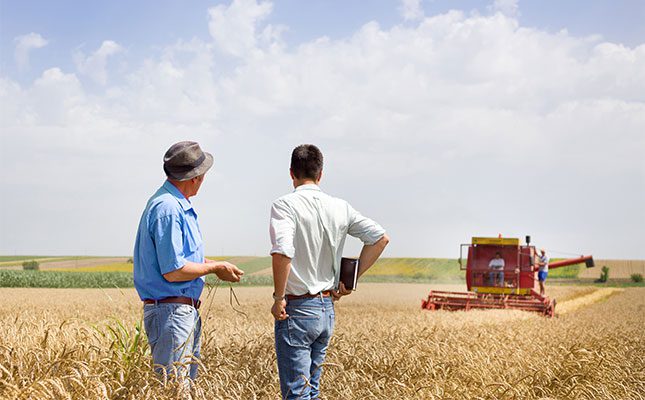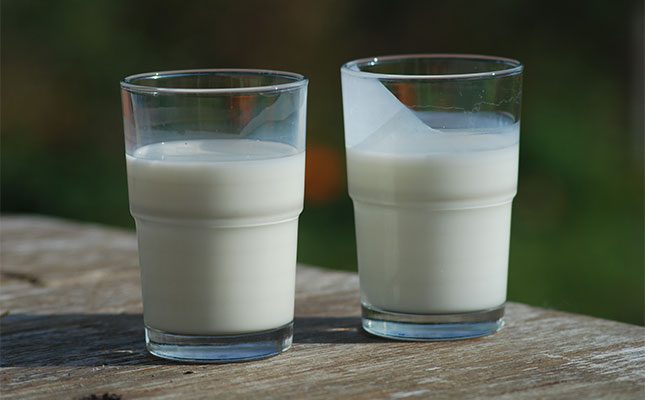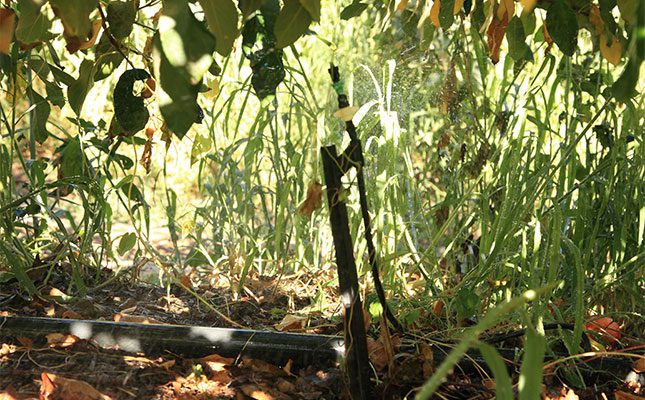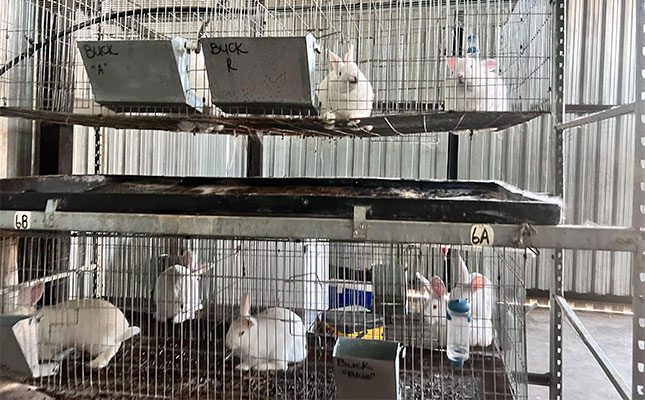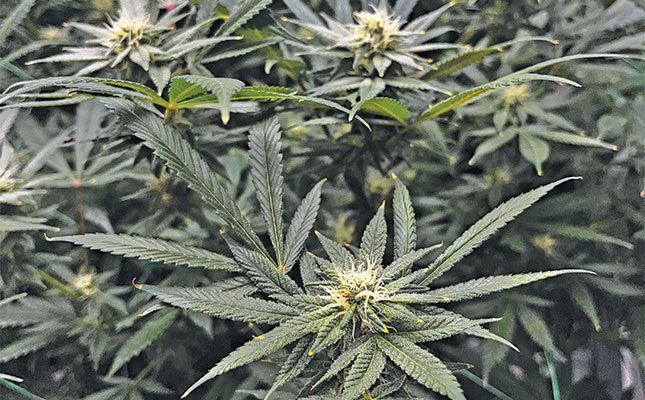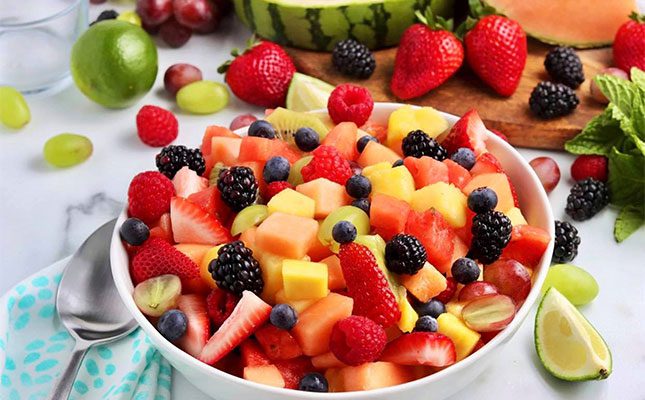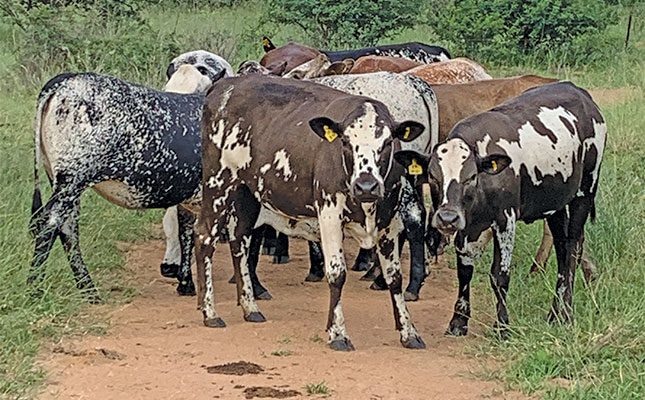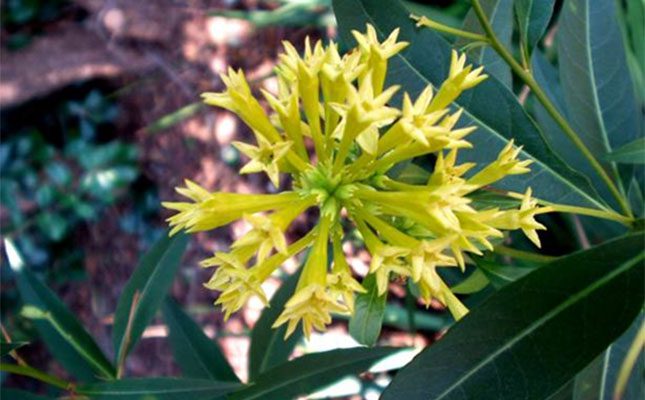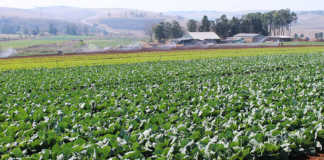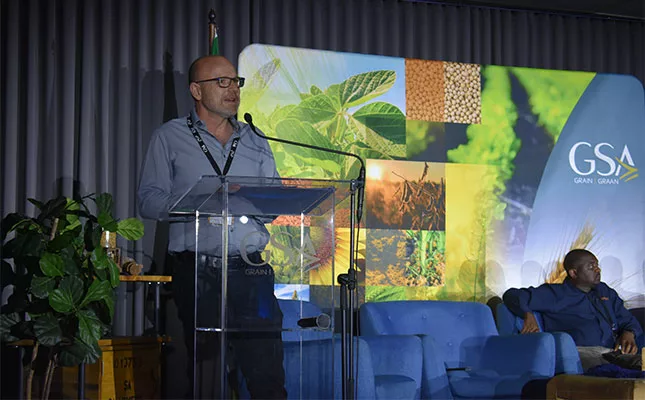
Photo: Nichelle Steyn
“[Humans] and risk are intertwined, but it does not mean we are helpless. It means that we need to take steps to mitigate the risks as best as possible,” Du Plessis says.
That’s why he says managing risk is a vital tool for creating wealth: “Insurance is one of the most efficient practical solutions to mitigate risk. Life and crop insurance are some of the solutions the insurance industry has to offer to make life easier for farmers.”
According to Du Plessis, life insurance will give family members who inherit a farm a better chance at success. Such a policy will provide a financial safety net to protect a family’s lifestyle, ensure the farm’s continuity, and cover debts and estate taxes upon their death.
“It provides heirs with immediate cash, avoiding the potential sale of assets to pay off liabilities, thus securing the farm’s future and the financial well-being of the surviving family,” he adds.
Geared to help
One of the options a farmer should consider is crop insurance. In South Africa, this type of insurance offers protection for commercial farmers against losses caused by natural disasters, pests, and diseases, primarily through multi-peril crop insurance and extended hail coverage.
Du Plessis says the South African insurance sector is geared to help farmers, but the key lies in networking.
“It is vital that a farmer builds a trust relationship with their insurance broker. The chosen person should visit the farm and deliver a well-informed proposal to the farmer, based on their specific unique farming needs. This should be done by a farming expert, so choose your broker well,” he explains.
“The broker should then sit down with the farmer and explain every detail of the policy so that the farmer will not be caught off guard by the policy’s terms and conditions when making a claim.”
According to Grain SA’s website, there are important crop insurance parameters a farmer should be aware of. These include:
- Yield per hectare. Insure each piece of land according to its potential yield, with the option to increase coverage later if the land’s potential improves. Farmers can choose the yield level they want to insure.
- Commodity price (R/t). The crop price insured always includes VAT. Farmers can choose the price at which they want to insure their crops. Most farmers use the price of the nearest silo, market, or Safex, inclusive of VAT, as a standard when securing their insurance.
- VAT on crop insurance. When considering tax, crop insurance is classified as an agricultural input, so VAT must be charged. When a producer takes out a policy, they can reclaim the VAT from the South African Revenue Service. However, when claims are settled, the claim amount will include VAT, which must then be paid. Therefore, the value per ton (commodity price) must include VAT.
- Part of the damage carried by the farmer.
- In addition to being able to determine the cost of their insurance based on price and yield, the client also has the option to decide how much risk they wish to bear themselves.
- The more co-payment options available, the lower the cost of insurance per hectare. However, this also means the farmer assumes a greater portion of the risk.
- If the strategy is to obtain maximum coverage, the farmer should opt for a franchise rather than an excess option. While the franchise option is more expensive, it provides the best protection and minimises their risk.
- Wind damage. Wind damage cover can be added to the hail policy for an additional 10% of the premium calculated solely on the hail cover. For example, if your hail cover costs 5% of the total crop value, including wind damage cover would raise the total to 5,5%. This addition is advisable, as most hailstorms are accompanied by strong winds. Furthermore, wet conditions in any year can increase the likelihood of large sunflower heads toppling over.
- No-claim bonus percentage rules.
- The crop insurer’s no-claim bonus system is designed to provide financial benefits to insured individuals who present a lower risk than others in the same magisterial district.
- A farmer earns a 10% no-claim bonus for each crop per farm for every consecutive claim-free year of insurance, up to a maximum of 50%. In the case of fruit and tobacco, a 5% bonus per claim-free year is accumulated, with a maximum limit of 30%.
- Since the risk exposure of crops and the location of farms can vary, the no-claim bonus is accumulated for each crop per farm for every claim-free year of insurance.
- Over a five-year period, the net insurance cost for a client who rarely makes claims will be lower than that of a client who claims every year.
Find a respected, trustworthy insurer
Johan Roos, finance and claims manager at Agriseker, says it is imperative that farmers find a reputable insurance company that will set them up with a policy tailored to their needs.
According to Agriseker, crop insurance is essential, especially in South Africa where farmers are faced with climate elements that increase their risk. They advise farmers to choose wisely to protect their crops from unforeseen catastrophes by taking out comprehensive policies that will provide them with sustainable risk management solutions.

